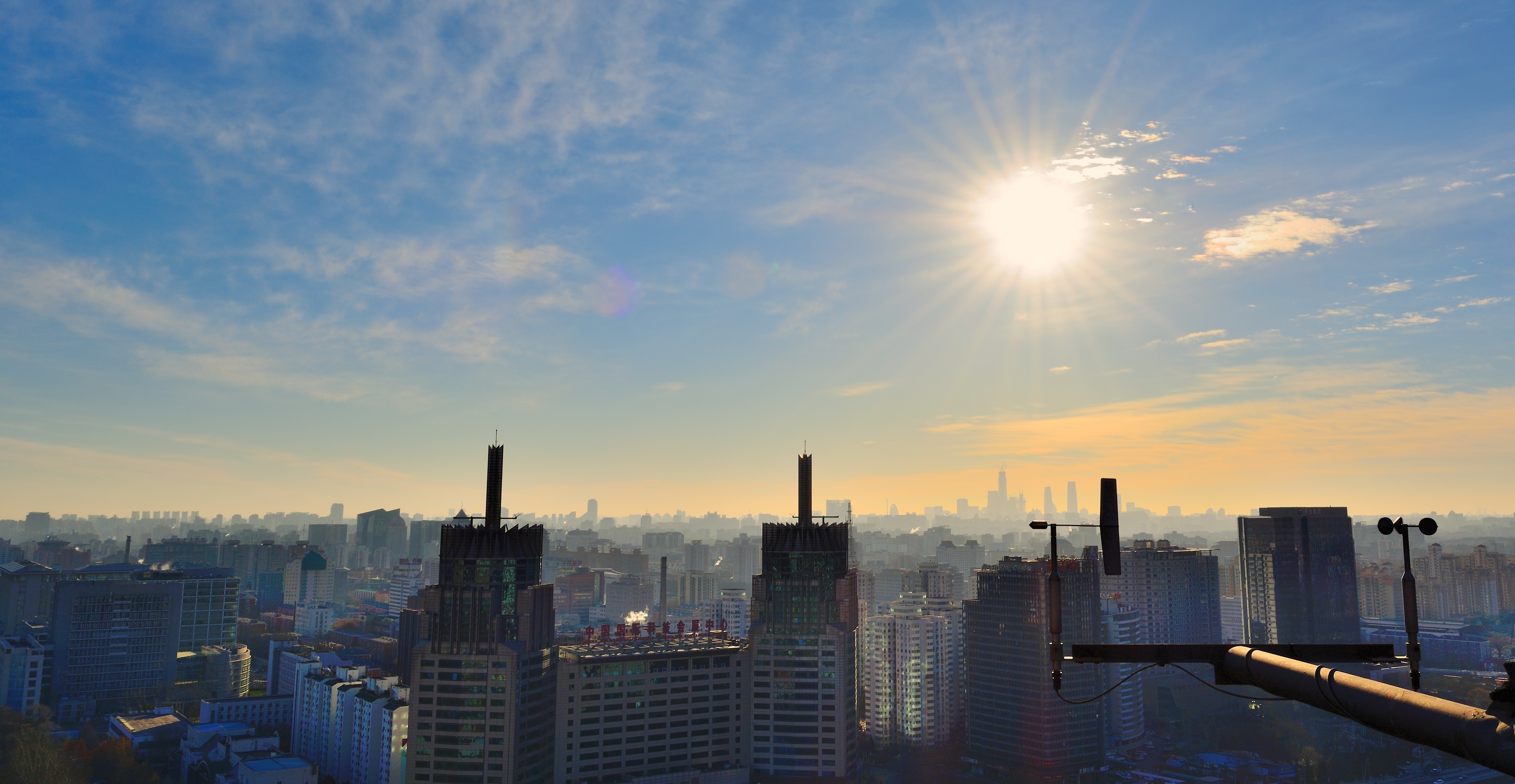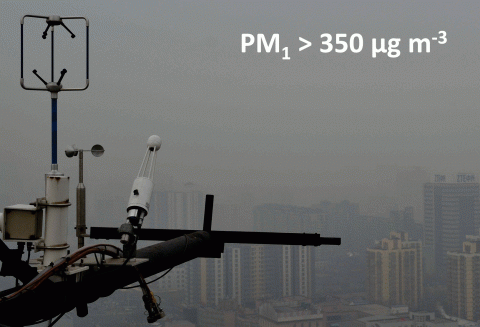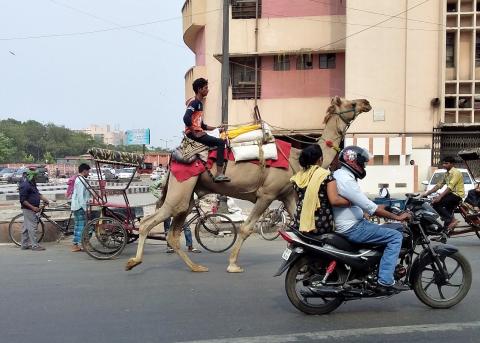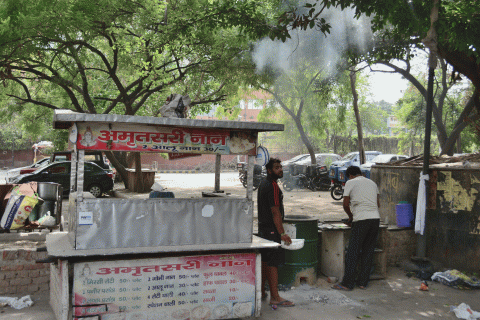Exposure to the very high levels of air pollution found in developing megacities like Beijing and Delhi pose a serious and immediate risk to population health, leading to reductions in life expectancy for millions of people. The Atmospheric Pollution & Human Health (APHH) in Developing Megacities Programme funded by UKRI and The Newton Fund studied air pollution in Beijing (APHH-China), where it was jointly funded by the The National Science Foundation of China (NSFC), and Delhi (APHH-India), with matching funds from the Ministry of Earth Sciences (MOES). The programme aimed to identify the concentrations and sources of urban air pollution in Beijing and Delhi, understand the chemical processes and identify how people are exposed, to understand how it affects their health, and to determine what can be done about it.
This programme brought together leading Universities and Research Institutes from the UK, China and India, promoting the bi-lateral exchange of knowledge and data in order to affect meaningful change in our understanding and management of air quality issues in large urban conurbations.
More information on the wider can be found at the programme websites for APHH-China and APHH-India.
The Biosphere-Atmosphere Exchange & Effects Group of the Atmospheric Chemistry and Effects Science Area at UKCEH had a lead in quantifying the mix of pollutants directly emitted from Beijing and Delhi in a concerted effort to identify the key sources of air pollution and their controls. Using state-of-the art analytical instrumentation we undertook a process of validating existing emission inventories for a wide range of pollutants. This exercise was critical as inventories of pollutant emissions to air form the basis for model predictions of air quality, visibility, human exposure, human health impacts and climate change. They are further required to understand relationships between individual source locations or source types and targets. None of the model predictions and analyses can be better than the emission database on which they are founded.






